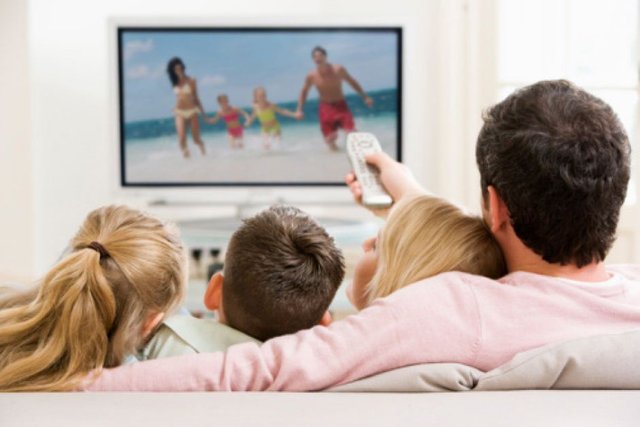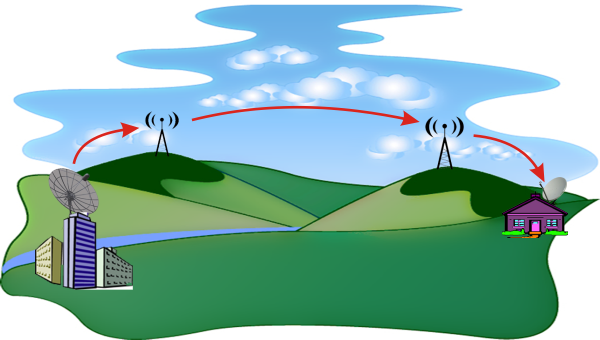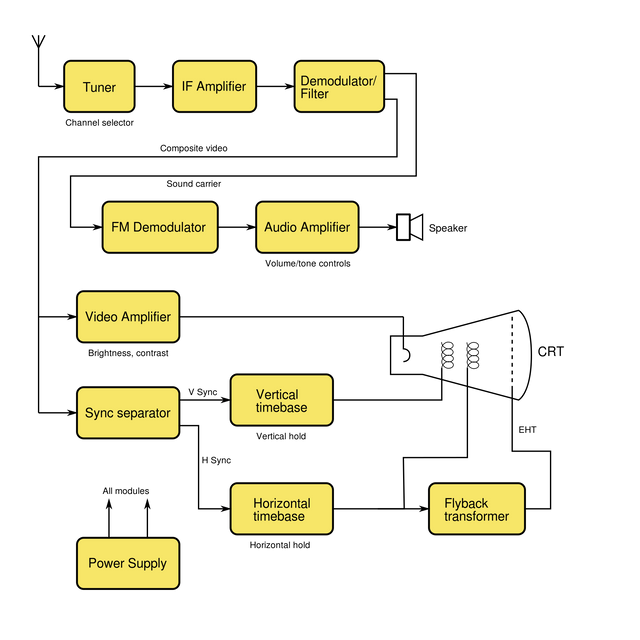How Does The Television Work?
Ever wondered how Televisions worked?
Television, nowadays, plays an important role in our life. It has great value in both commercial, and educational fields. Many families cling on to televisions being their daily dose of entertainment and even family bonding. The television is the most effective as well as the least expensive way to address the largest population of audiences in the world. Not only that, it is also being used successfully, for educating adults in fact, even the most modern laboratories are using the TV for Audio-Visual programs. In light of keeping the importance of the TV in our day to day lives, here is a brief introduction about how the TV Broadcasting works.

The term, “broadcasting”, means to send out in all directions. Electro Magnetic Waves (EMW) are used to broadcast both picture and sound from a transmitter. A TV transmitter has two types of signals that it transmits simultaneously. One, carries the visual information, while the other carries the sound. Both of these information are modulated or mixed with the carrier waves. To better understand how these information is modulated, think of audio and video signals being riders, while carrier’s waves are horses. These transmitters, however, would only be able to broadcast the AV in about 25 to 35 miles in all directions from the source.

Once these EMW’s are intercepted by the receiving antennas of our home TV, these waves will be carried along the antenna wire into our TVs. One they are already received by the TV receiver, a reverse process takes place where riders will now be dismounting from the horse.

These audio and video signals are amplified at different stages. Audio signals are fed to the speakers, while the video signals are fed to the picture tubes which are also called electron generating components. These picture tubes will generating electrons in accordance with the video signals it will also be receiving.
The number of electrons generated increases or decreases depending on the values of the video signals. In other words, once the value of the signal decreases, more electrons are generated, in turn, making the screen brighter and vice-versa. The combination of these bright and dark spots on the TV screen will eventually form the shape of the picture.
A color picture tube has three electron guns to illuminate the red, green, or blue phosphor dots on the screen. By mixing the three basic colors in different proportions, all the seven colors are reproduced on the colored TV screens.
Some interesting information:
- The first black and white TV was marketed in the US in 1927.
- The first colored TV was produced in the US in 1954.
Nice post @agrojaya now I know how television work
Thank you
Finally, somebody give me this information.
2 thumbs for you @agrojaya
Thank you for allowing a member of the @blue-pencil team to edit this post for you.
Hey. If you want to take your streaming experience to the next level, you should consider getting a Roku device that can provide it. With Roku, users have the freedom to choose their preferred streaming platforms and subscribe to them, eliminating the need for multiple subscriptions. This flexibility allows users to customize their entertainment and watch what they want, and roku reviews are proof that users rate this device highly and enjoy using it.